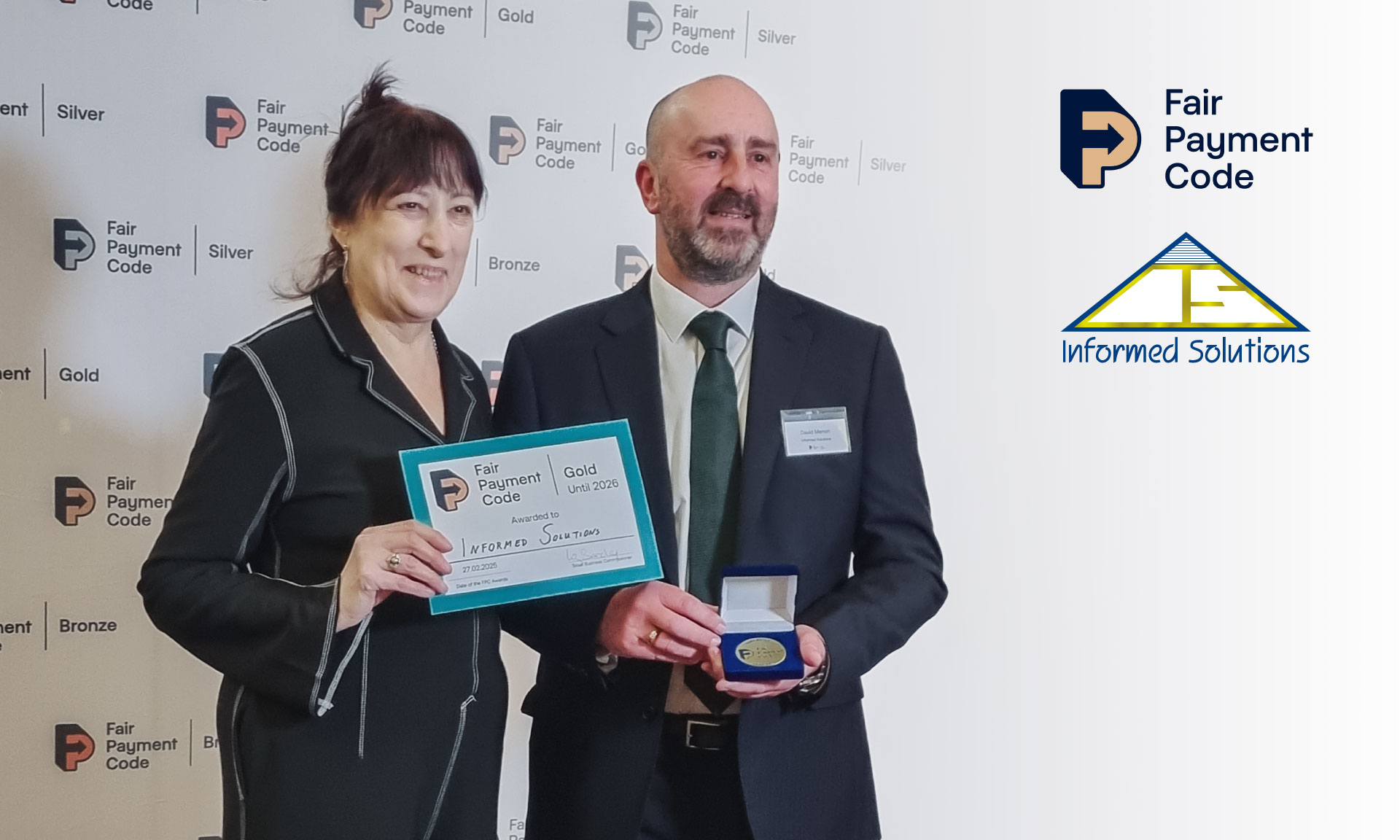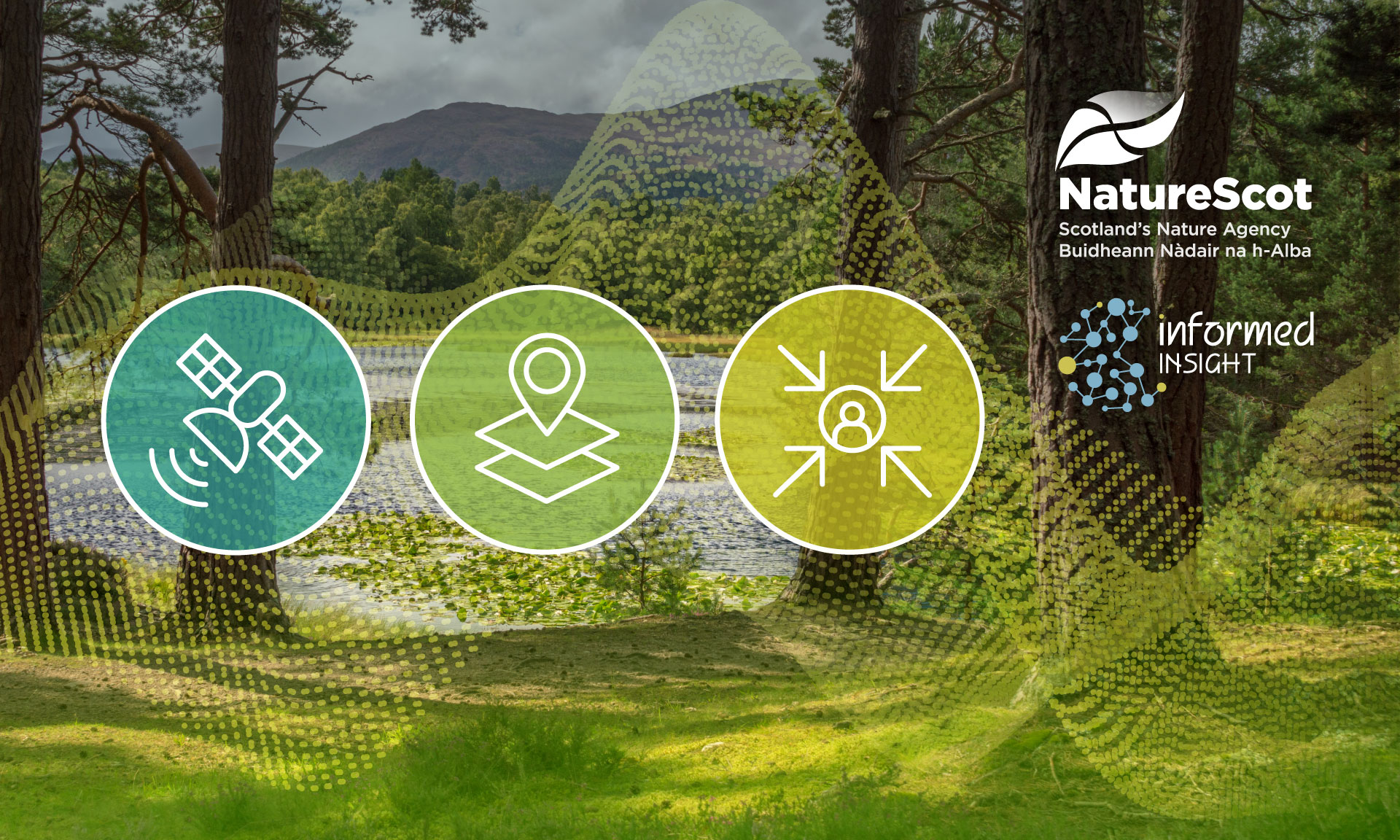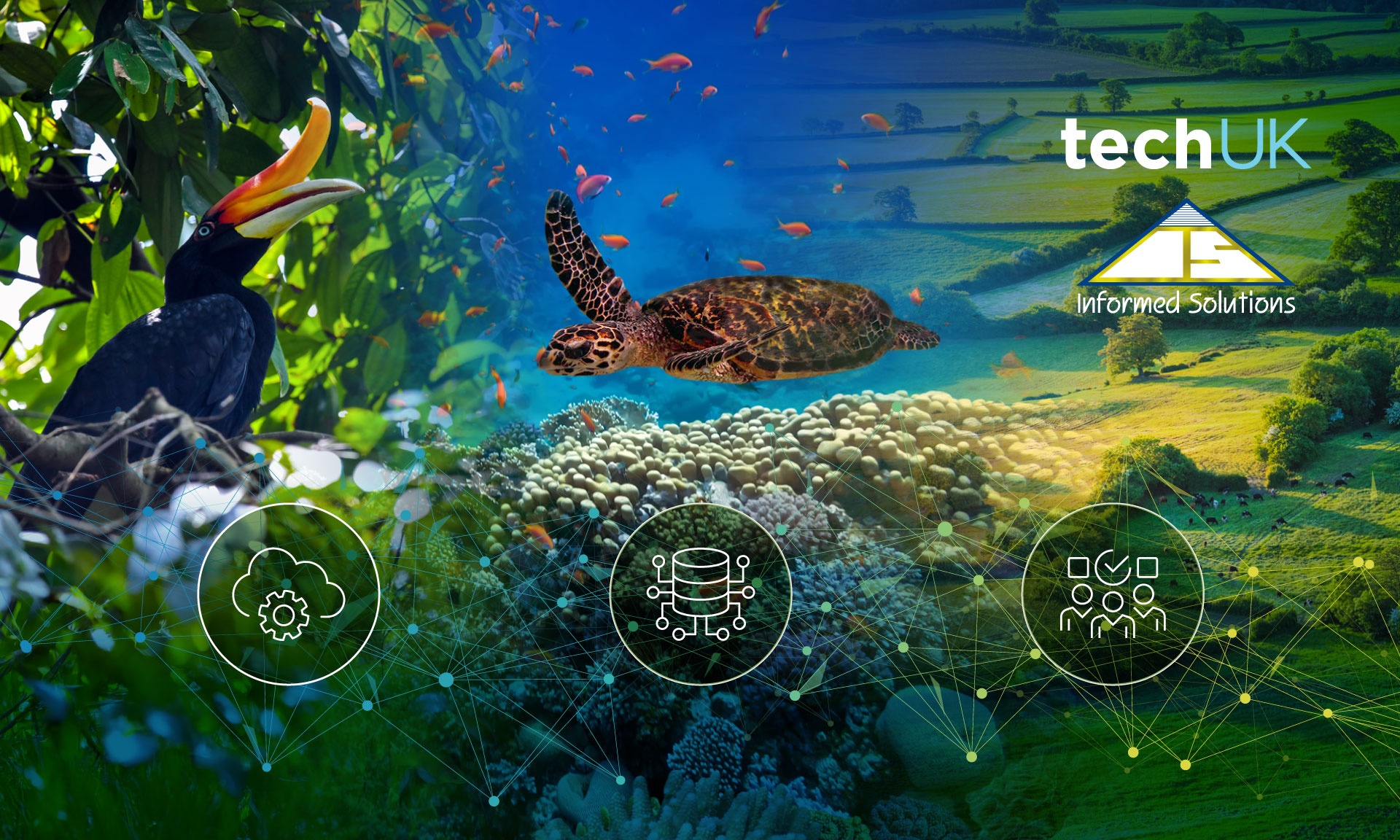Our clients tell us how they often find themselves inundated with vast amounts of information. When faced with a myriad of meetings, presentations, and reports, it is challenging to find the thinking space to reflect on what it all really means.
As user researchers, we support stakeholders by delving into complexity and distilling it into concise, actionable meaning. It does not matter how thorough or extensive the research is – if stakeholders do not walk away with clear takeouts in their mind, then the work will never have a significant impact.
The key to effectively communicating research is through providing insight. In this article we will look at what is meant by “insight” and the steps we can take to deliver it.
Information Versus Insight
“Information” includes data, user feedback, facts, quotes, and observations. It is the foundational starting point for having the evidence to make informed decisions.
However, where information falls short is that the implications are not always apparent. Stakeholders can receive a very informative report and yet still be left with the question, “so what does this all mean?”.
To answer the “so what?” question, we need to go a step further than providing just information – we need to provide the insight.
Insights are the “aha!” moments. They are statements which can inspire and change the way we think about something, delivering clear and impactful “nuggets” of understanding. They are also routed in a deep knowledge of the business problem and context.
Insight is about taking information, interpreting the implication for the project/organisation, and providing a direction for what should be done off the back of what we now know.
Information
To illustrate, here are some examples of information:
- 70% of users were satisfied with the website.
- Healthcare professionals were least satisfied with the website.
- The majority of users are healthcare professionals.
- There are several pain points with the guidance on the website.
Insight
If we were to draw out the insight from this information, we might say that:
If our goal is to improve overall satisfaction with the website, we should prioritise addressing the needs of healthcare professionals, as they are both the largest user group and the least satisfied. The starting point could be to address their pain points with using guidance.
Six Ways of Transforming Information Into Insight
- Understand The Stakeholders: To provide insights that resonate with stakeholders, you need a solid understanding of their perspective and the context within which they operate. This means being aware of the challenges they face, their priorities, their constraints, and the decisions they need to make. Doing this ensures that research findings are relevant and tailored to support them in their role.
- Understand The Objectives: Research recommendations should be aligned with workstreams across the business. Otherwise, your insights could cause confusion by recommending steps, which conflict with business goals. It is important researchers consider the desired policy outcomes, the delivery programme, and the strategic objectives. Taking this holistic approach means that your research findings can be easily joined up and applied across the business.
- Develop Hypotheses: A good way of making research findings insightful is through attaching it to a hypothesis. It means that when you complete your research, you end up with clear answers to your questions and can tangibly see what has been learned. For example, instead of a detailed description of the extent to which users find a system easy to use, consider framing a response to the hypothesis: “Users find the system easy to use”. Creating hypotheses in collaboration with stakeholders also helps everyone feel invested in the outcomes of the research.
- Know the Users in Their Context: Users are not static data points – they are real people! You should always think about how you can apply the information you hold to what this means in relation to the wider environment. You can do this by supplementing your research with contextual evidence, such as literature on cultural trends, socio-economic changes, emerging technologies, and behavioural psychology. You can also understand context through benchmarking your service against relevant comparators.
- Make Connections: Knowledge management is a difficult task for all large organisations but is very beneficial when done well. An insightful piece of research will look broadly at other relevant evidence, make the connections, and then develop a narrative for how the understanding of the user has developed. For example, “we already knew X, then our research uncovered Y, and now there is an opportunity to explore Z, as this has yet to be investigated and would deliver a lot of value.”
- Finally, Be Curious! The primary role of a user researcher is to bring the users’ voice into conversations. Sometimes this means having the courage to challenge the status quo, pose questions to stakeholders, and suggest different ways of doing things. It is not about always coming up with great new ideas. Rather, it is about using research to be thought-provoking, introduce a fresh perspective and stimulate conversation.
In a world where we have more data than ever before, it’s not just about what we know, but how we use it. By considering and applying the above points, we can ensure that user research delivers valuable insight and leads to the delivery of relevant and viable user-centred services.











